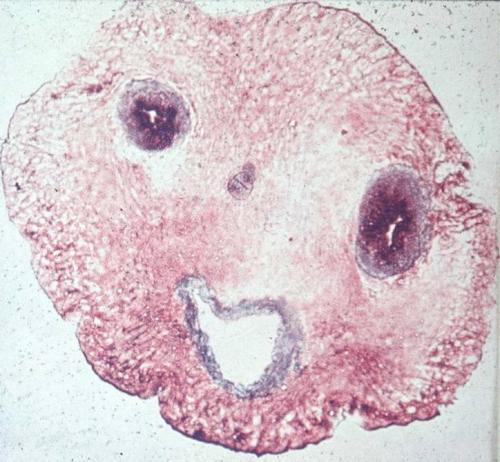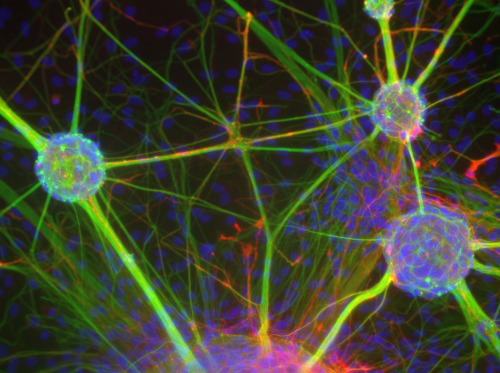До чего дошла наука... Читаем на http://www.biology-blog.com/blogs/permalinks/9-2009/drug-free-cannabis-plant.html
Drug-free Cannabis plant
In a first step toward engineering a drug-free Cannabis plant for hemp fiber and oil, University of Minnesota scientists have identified genes producing tetrahydrocannabinol (THC), the psychoactive substance in marijuana. Studying the genes could also lead to new and better drugs for pain, nausea and other conditions. The finding is reported in the recent issue of the Journal of Experimental Botany Main author is David Marks, a professor of plant biology in the College of Biological Sciences. The study revealed that the genes are active in tiny hairs covering the flowers of Cannabis plants. In marijuana, the hairs accumulate high amounts of THC, whereas in hemp the hairs have little. Hemp and marijuana are difficult to distinguish apart from differences in THC. With the genes identified, finding a way to silence themand thus produce a drug-free plant comes a step closer to reality. Another desirable step is to make drug-free plants visually recognizable. Since the hairs can be seen with a magnifying glass, this could be accomplished by engineering a hairless Cannabis plant. The scientists are currently using the methods of the latest study to identify genes that lead to hair growth in hopes of silencing them. "We are beginning to understand which genes control hair growth in other plants, and the resources created in our study will allow us to look for similar genes in Cannabis sativa," said Marks. "Cannabis genetics can contribute to better agriculture, medicine, and drug enforcement," said George Weiblen, an associate professor of plant biology and a co-author of the study. As with Dobermans and Dachshunds, marijuana and hemp are different breeds of the same species (Cannabis sativa), but marijuana contains much more THC than hemp, which is a source of industrial fiber and nutritious oil. Hemp was raised for its fiber which is similar to cotton but more durable in the United States until legislation outlawed all Cannabis plants because they contain THC. Today, marijuana contains as much as 25 percent THC, whereas hemp plants contain less than 0.3 percent. Hemp was once a popular crop in the upper Midwest because it tolerates a cool climate and marginal soils that won't support other crops but, after drug legislation, hemp fiber was replaced by plastic and other alternatives. Recent popular demand for hemp products has led some states to consider the economic and environmental benefits of hemp. North Dakota legislation aims to reintroduce it as a crop, and Minnesota is considering similar legislation. At the same time, California and other states permit the medicinal use of marijuana. "I can't think of a plant so regarded as a menace by some and a miracle by others," says Weiblen, who is one of the few scientists in the United States permitted to study Cannabis genetics. In 2006, Weiblen and his colleagues developed a DNA "fingerprinting" technique capable of distinguishing among Cannabis plants in criminal investigations. Posted by: Erica Source
23.09.2009
Конопля без каннабиноидов
Роль активных форм Кислорода в формировании метастазов
Читаю на http://www.eurekalert.org/pub_releases/2009-09/bi-ror091509.php Reactive oxygen's role in metastasis
LA JOLLA, Calif., September 15, 2009 -- Researchers at the Burnham Institute for Medical Research (Burnham) have discovered that reactive oxygen species, such as superoxide and hydrogen peroxide, play a key role in forming invadopodia, cellular protrusions implicated in cancer cell migration and tumor metastasis. Sara Courtneidge, Ph.D., professor and director of the Tumor Microenvironment Program at Burnham's NCI-designated Cancer Center, and colleagues have found that inhibiting reactive oxygen reduces invadopodia formation and limits cancer cell invasion. The study was published on September 15 in the journal Science Signaling.
In a companion paper, published in the same issue of Science Signaling, Gary Bokoch, Ph.D., of The Scripps Research Institute, in collaboration with Dr. Courtneidge, found that the proteins Tks4 and Tks5, commonly expressed in cancer cells, are functionally related to p47phox, a protein found in phagocytes that is part of a complex that is instrumental in producing reactive oxygen to mount an immune response.
"Reactive oxygen has a complex cellular role," said Dr. Courtneidge. "Normal cells use reactive oxygen to signal, grow and move. Immune cells, such as neutrophils, produce reactive oxygen to destroy bacteria. Now we find that reactive oxygen is necessary for invadopodia formation, which allows cancer cells to become metastatic."
Invadopodia facilitate cancer cell migration by breaking down the extracellular matrix that normally keeps cells in place. In previous research, Dr. Courtneidge discovered that Tks5 is crucial for invadopodia formation. The structural similarities between Tks5 and p47phox, which is part of the NADPH oxidase (Nox) system, led Dr. Courtneidge to consider the role reactive oxygen plays in invadopodia formation.
Using invadopodia-rich mouse fibrosarcoma cells, the Courtneidge laboratory tested a number of antioxidants and found both a marked reduction in invadopodia formation and invasive behavior. In addition, the team inhibited expression of Nox family enzymes with siRNA and had similar results, demonstrating that NADPH oxidases are involved in invadopodia formation. The scientists repeated these experiments with human melanoma, head and neck and breast cancer cell lines and also saw a marked reduction in invadopodia formation.
With the discovery of reactive oxygen's role in invadopodia formation, researchers have additional possibilities for drug intervention. Future research and drug development may focus on inhibiting NADPH oxidase activity and limiting invadopodia formation to prevent cancer cell migration.










